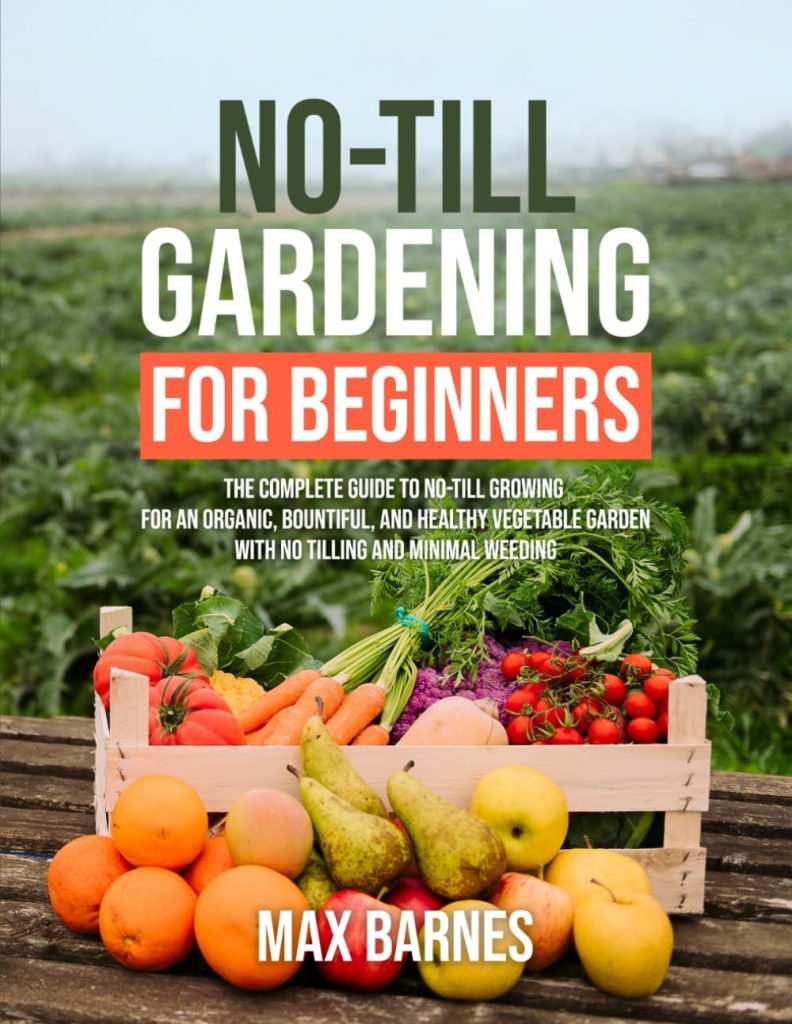No-Till Gardening Methods
No-till gardening is a sustainable agricultural practice that involves minimal disturbance to the soil, thereby maintaining its structure, health, and biodiversity.
This method contrasts with traditional tilling, where the soil is turned over and aerated, often leading to soil erosion, compaction, and a reduction in organic matter.
No-till gardening offers numerous benefits, including improved soil fertility, water retention, and carbon sequestration, making it an excellent choice for environmentally conscious gardeners.
Benefits of No-Till Gardening
- Soil Health Improvement
- Enhanced Soil Structure: No-till methods preserve the natural soil structure, promoting healthy root systems and better plant growth.
- Increased Organic Matter: By leaving plant residues on the soil surface, organic matter is continually added, improving soil fertility over time.
- Beneficial Microorganisms: No-till gardening supports a diverse soil ecosystem. This includes earthworms, fungi, and bacteria that are crucial for nutrient cycling and soil health.
- Reduced Erosion and Compaction
- Soil Stability: Without tilling, the soil remains covered with organic matter, which protects it from erosion caused by wind and water.
- Prevention of Compaction: The natural structure of the soil is maintained. This reduces the risk of compaction that can limit root growth and water infiltration.
- Water Conservation
- Improved Water Retention: Organic matter and mulch help retain moisture in the soil, reducing the need for frequent irrigation.
- Enhanced Infiltration: No-till soils have better water infiltration rates, allowing rainwater to penetrate deeply and reduce surface runoff.
- Carbon Sequestration
- Reduced Carbon Emissions: By avoiding tillage, carbon stored in the soil is less likely to be released into the atmosphere, contributing to climate change mitigation.
- Carbon Storage: Continuous addition of organic matter helps sequester carbon in the soil, improving its quality and sustainability.
Key Practices in No-Till Gardening
- Mulching
- Organic Mulch: Layers of organic materials such as straw, leaves, grass clippings, or compost, helps suppress weed. Moreover, they also retain moisture, and add nutrients to the soil as they decompose.
- Living Mulch: Planting cover crops or ground covers that protect the soil and can be cut back to add organic matter.
- Cover Crops
- Green Manure: Growing cover crops like clover, rye, or vetch during the off-season can improve soil fertility and structure. You can cut these crops and leave them on the soil surface to decompose.
- Nitrogen Fixation: Leguminous cover crops, in particular, add nitrogen to the soil, enhancing its fertility for subsequent crops.
- Composting in Place
- Sheet Composting: Laying down organic material directly on the garden beds allows it to break down naturally, enriching the soil without the need for traditional composting methods.
- Lasagna Gardening: Creating layers of organic materials (similar to a lasagna) directly on the garden bed to build up fertile soil over time.
- Direct Seeding and Transplanting
- Seed Placement: Planting seeds directly into the soil without disturbing it ensures minimal soil disruption.
- Transplanting: Gently placing transplants into small holes made in the mulch or cover crop residue to preserve soil structure.
Implementation and Maintenance
- Starting a No-Till Garden
- Initial Preparation: Lay down a thick layer of organic mulch or cover crops on the existing soil. If starting on grass, smother it with cardboard or newspaper before adding mulch.
- Planting Techniques: Use a dibber or small trowel to plant seeds or transplants directly into the mulch or cover crop residue.
- Ongoing Maintenance
- Regular Mulching: Continuously add organic materials to maintain soil cover and replenish nutrients.
- Weed Management: Hand-pull weeds that manage to break through the mulch or use shallow cultivation tools to minimize soil disturbance.

